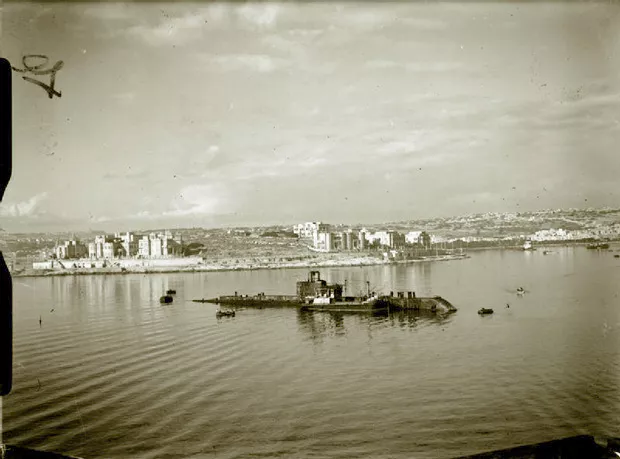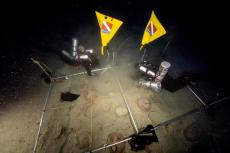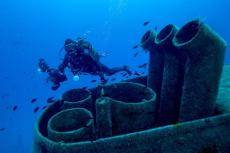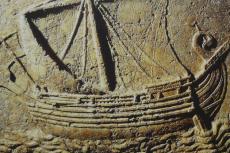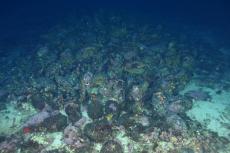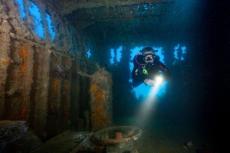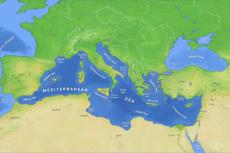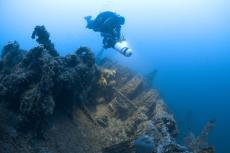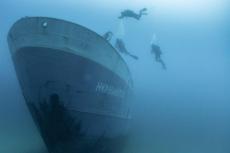Divers locate HMS Olympus off Malta
A team of technical divers has discovered the location of a largely intact World War Two British submarine lying at 115m off the coast of Malta.
The British submarine HMS Olympus, sank in 1942 at the height of the siege of Malta and is one of the most historic wrecks off the coast of this island.
The discovery of the wreck completes a historic and tragic story. During the height of the German and Italian blockade of Malta, the British Navy fought a constant battle to keep the valiant Island supplied with food, fuel and war supplies. Submarines were an essential part of this operation, both in bringing in supplies and defending the merchant shipping.
On 8th May 1942, HMS Olympus hit a German mine and sank 6 miles from Valetta. She had just left Malta on passage to Gibraltar with personnel including many of the crews of the sunken submarines HMS Pandora, HMS P 36 and HMS P 39. The submarine was on the surface and most of those on board managed to escape from the sinking submarine by leaping into the sea.
However, they were now floating far from shore in the dark and due to the wartime blackout it was difficult to see where they should head. Only the glow of explosions from the German bombing gave them an indication of the direction in which to go. They had to swim the 7 miles back to Malta in cold and difficult conditions but tragically 89 crew and passengers never made it to shore. There were only 9 survivors out of a total of 98 aboard,
The discovery of HMS Olympus is one more aspect of documenting the full story of the Navy’s involvement in the defence of Malta. Together with the wrecks of the destroyer HMS Southwold, the submarine HMS Stubborn and the minesweeper HMS Hellespont, as well as the wreck of the German Schnellboot S31, the wreck of the Olympus means that Malta’s waters provide a unique snapshot of this critical period in history. It is the historical significance of the wreck that meant so much to the team that were involved in the dive.
The team was led by Mark Powell of Dive-Tech in the UK together with Stuart Jones and Jonathan Thomas of Tec Deep Blue in Malta. Stuart and Jonathan have been researching the location of this and other significant wrecks around the coast of Malta for a number of years.
Many possible locations had been ruled out and, based on information from a number of sources including the UK Hydrographical office, one site was believed to be the most likely resting place for the wreck. Mark Powell was in Malta running a regular series of courses at Tec Deep Blue when it became clear that the conditions were ideal to dive the position and confirm whether it was indeed the location of HMS Olympus.
The dive was carried out on 7th May, just a day before the anniversary of the original sinking. Conditions were more difficult than originally anticipated as visibility below 80m was considerably lower then the usually very clear Maltese waters.
An unexpected current and the decompression obligations incurred at 115m limited the amount of exploration that could be achieved. However, a number of features were identified that are consistent with the layout of HMS Olympus. Further dives will be required to definitively identify the wreck and to fully survey her condition.
To cap a very successful dive the long decompression was made all the more enjoyable by the appearance of an extremely rare Mediterranean Manta Ray. This ray, slightly smaller than its better known cousin, appeared during the middle stages of the decompression and provided a much appreciated diversion during the long decompression stops.
Expedition leader Mark Powell said that all of the team felt a sense of privilege and a duty of respect in being the first to discover this aspect of the story of the war.
- Log in to post comments


